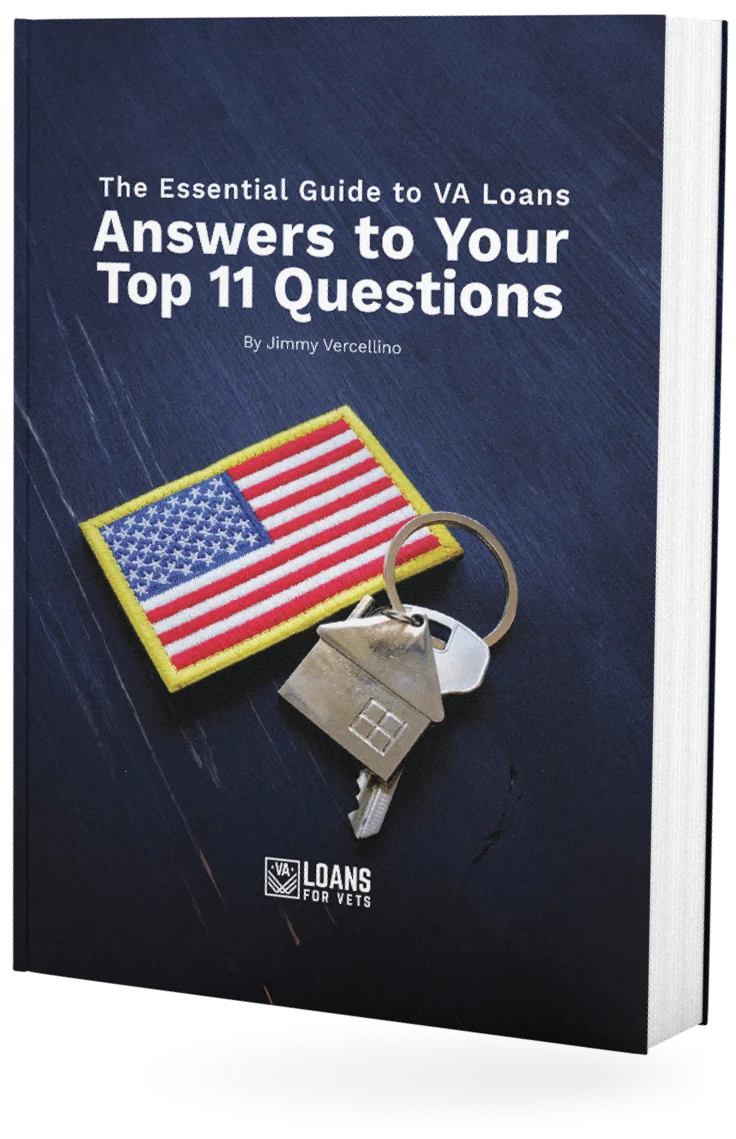Ready to buy your dream home? The final step in any home-buying journey is usually the loan underwriting process. If you’re hoping to use a VA loan, you’ll need to know what to expect from the VA loan underwriting process.
Here’s our step-by-step guide on the VA loan underwriting process.
VA Loan Underwriting Guidelines and Process
Mortgage loan underwriting determines your loan eligibility. VA loan underwriters determine the risk level of approving your home loan for the mortgage lender. Typically, this is done through the Automated Underwriting System or AUS.
The AUS evaluates your credit history, past loans, payment history, previous bankruptcies, income level, and more to determine how likely you are to repay the loan amount. If the system determines you’re a good candidate for the loan, it will recommend approving your application.
The Underwriter’s Job
AUS doesn’t have full autonomy for determining VA loan applications. Once completed, the system will send its report to an underwriter.
The underwriter takes a holistic view of your application. If you meet all their requirements, they will establish that you’re a safe investment and therefore, a good loan candidate.
Part of VA loans are covered by the government. So, VA loan underwriters also need to make sure that your application is complete and meets federal government standards.
Stages of Underwriting
The first stage of VA loan underwriting is appraising your home. Evaluators determine what the property is worth. They also obtain your income, tax returns, credit score, bank statements, and more to compile your loan file.
VA loan underwriters are there to make sure that you can pay the loan back and that you meet government requirements. Here’s what underwriters are checking for in your VA loan application.
- VA loan eligibility
- Government occupancy requirements will be met
- Ability to repay the loan
- Residual income above 41%
- Consistent income
- Any outstanding government debt, such as student loans
- If you’re already a homeowner, 12 months of complete and on-time mortgage payments (some VA lenders will allow one payment over 30 days late)
- Credit risk
- Proof of employment
The Three Typical Underwriting Outcomes
After being underwritten, there are three possible loan application outcomes. The first is approval. If your VA loan is approved, you’ll receive the funds to purchase your house and make the agreed-upon payments. Unconditional approvals are rare so don’t be concerned or feel slighted if this isn’t your lender’s response.
A VA loan can also be conditionally approved. Conditional approval means that they are expecting to approve the loan, but they require additional documents or actions before final approval. This can mean paying off some of your existing debt or explaining a recent bankruptcy.
The third possibility is denial. If your VA loan is denied, the underwriter determined you to be too high risk to lend to. Don’t fret if your loan is denied. You can still apply again with a co-signer or after paying off some of your existing debt.
When Manual Underwriting May Be Required
If the AUS sees you as a poor candidate for the loan, manual underwriting may be required. But don’t worry, this doesn’t mean that your VA loan application is denied.
Manual underwriters will conduct the underwriting processes themselves, without AUS. This gives them deeper insight into your application. From their own underwriting, manual underwriters will determine if you should be approved, conditionally approved, or denied.
How Long Does the Processing Take?
Loan underwriting is the longest part of the loan process. Usually, the underwriting process takes a few weeks. Two to four weeks is typical for AUS VA loan underwriting.
If your application needs to be manually underwritten, it can take more time. Manual underwriting can take up to a few months.
Many VA mortgage loans end up being conditionally approved. Getting the additional documents to the VA lender as soon as possible will make the process faster. Sending incomplete information or taking time to gather the documents will delay the VA home loan process.
How to Prepare for Success
There are steps you can take to set yourself up for a fast and successful VA loan application process. Most importantly, make sure that your application is thorough and complete. Many delays and lender concerns come from an incomplete picture of the applicant’s financials.
Remember that part of the underwriter’s job is to ensure that all government rules are being followed. They cannot approve a VA loan application that does not have all the materials needed by the federal government.
Know what is required to include in a VA home loan application and read the lender’s request for documentation carefully.



